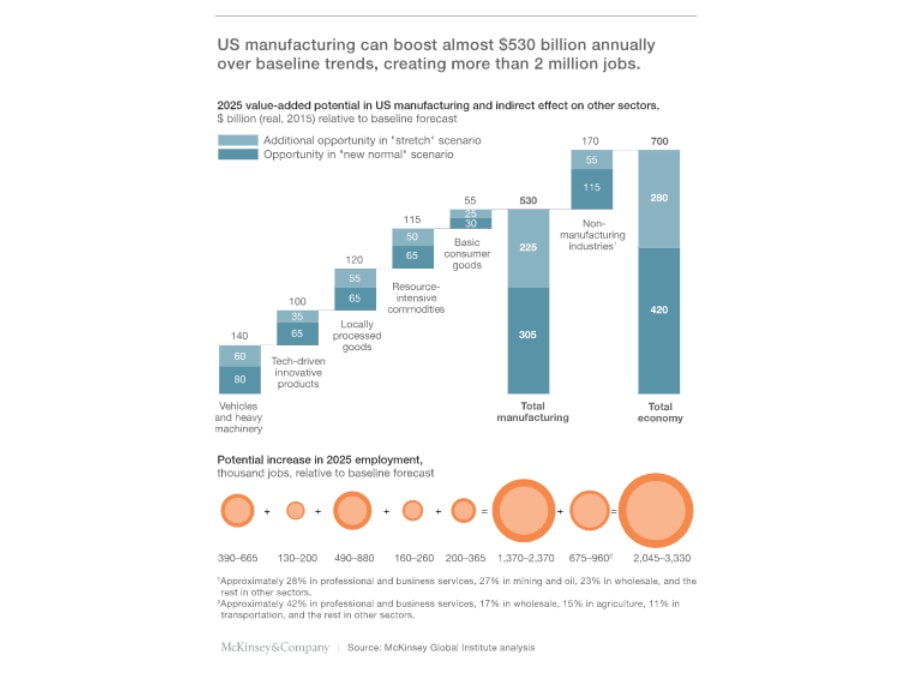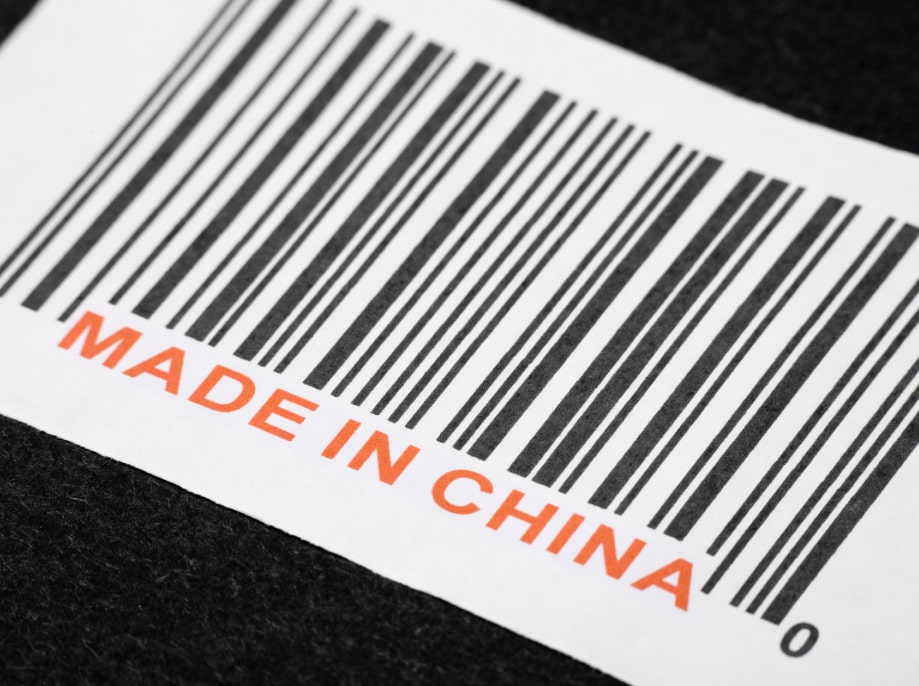
With tariffs being put in place, a new political administration, and other countries growing their manufacturing industries, a new king could be crowned. What countries though have the potential to replace China as the top manufacturer of the world? China is a big country and you would need a country similar in order to make that kind of impact.
The answers may seem a little obvious, or at least one of them will be, but here are the two countries below that could potentially replace China as the top manufacturer in the world:
United States
Is this any surprise? The United States is the second largest manufacturing country behind China. According to Industry 4.0 Market Research, the United States is already on a mission to beat out China.
Manufacturing is growing more rapidly than most European countries and Canada. We thrive on capitalism in America and considering the size of our country, we would have the land and the number of workers needed to maintain these needs. With the implementation of technologies, the United States could beat out China.
India
Believe it or not, India could be a country that could usurp China for that number one spot. Not only is it a large country, but you have a country of people who are in need of work. Opening up factories would not only help establish their country as a manufacturing giant, but also provide job opportunities for the impoverished. The cost of labor would be cheap and production is already being done in India.
For example, China already outsources to India. In 2016, India manufactured 10 billion iPhones, as well as three million smartphones for the Chinese electronics company Huawei. India also has a high education rate, which is good when you are talking about innovation. You would have people who would not only be able to innovate the manufacturing field, but those who are capable of creating factories that can push out high-volume production.
Both the United States and India would be good options for a replacement for China in this war of manufacturing. The current administration has plans to place even more tariffs on China and companies are going to want to look elsewhere for their manufacturing needs. Whether that means taking up shop in the United States or moving the business to India, it is worth observing over the next few years.





